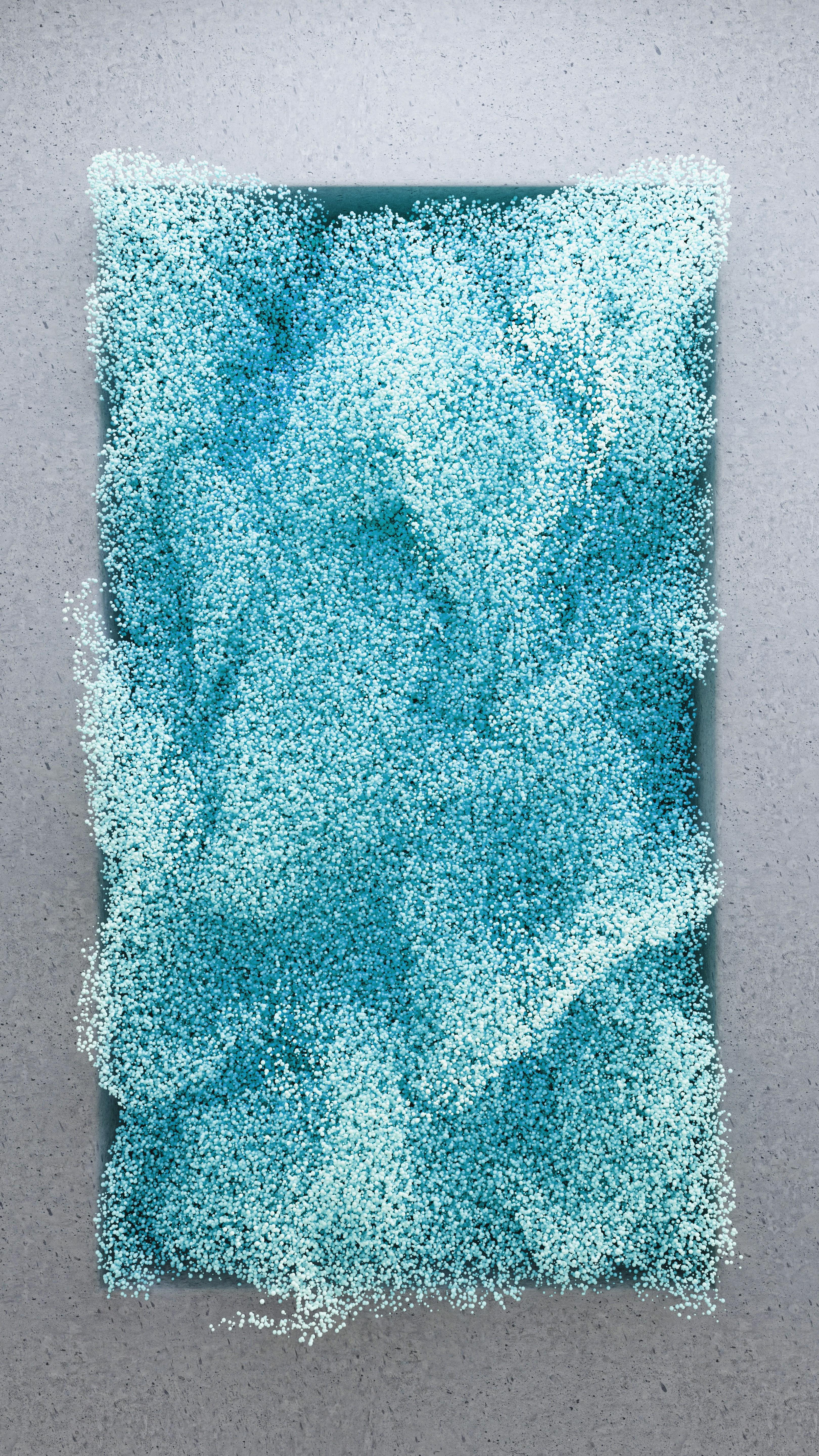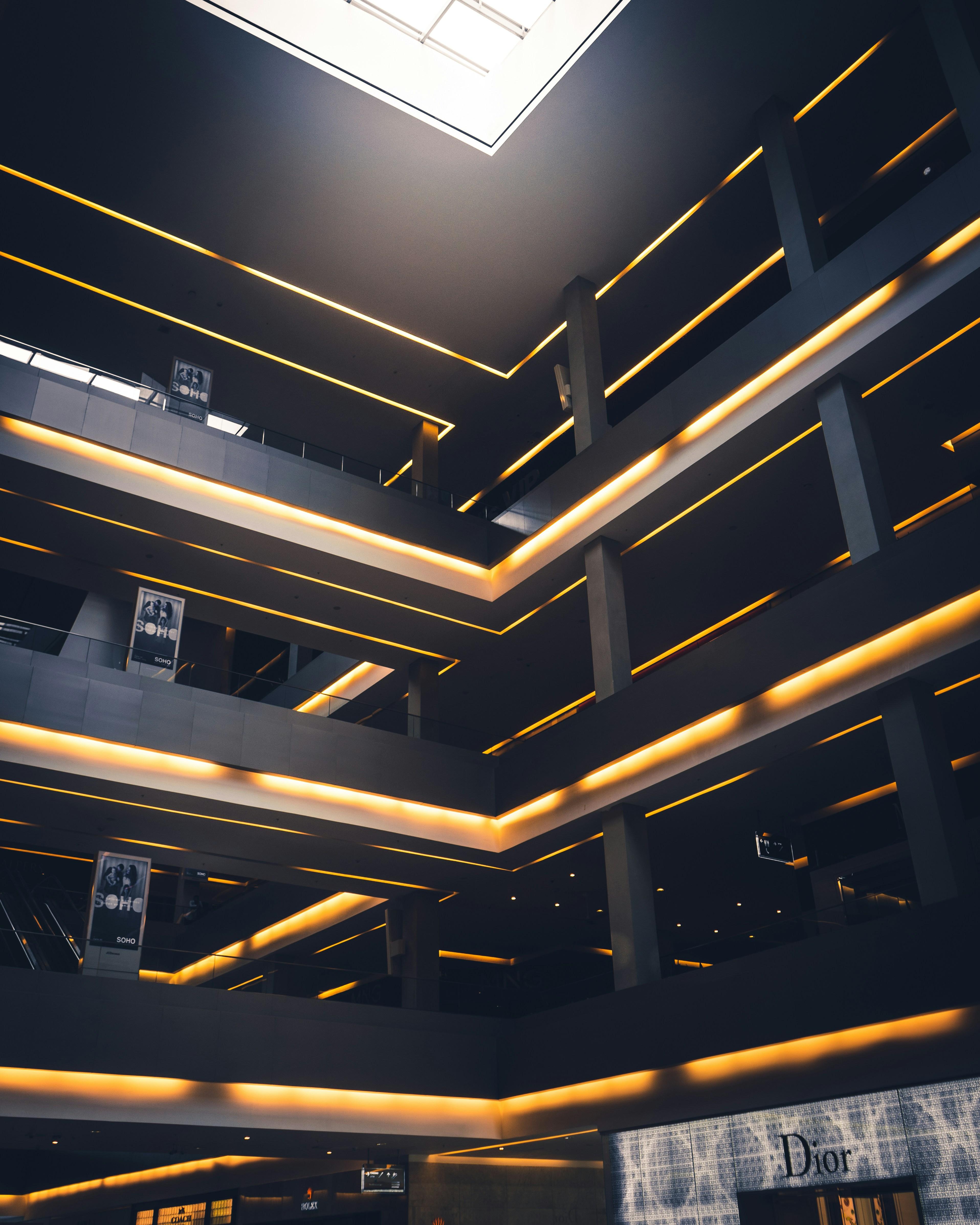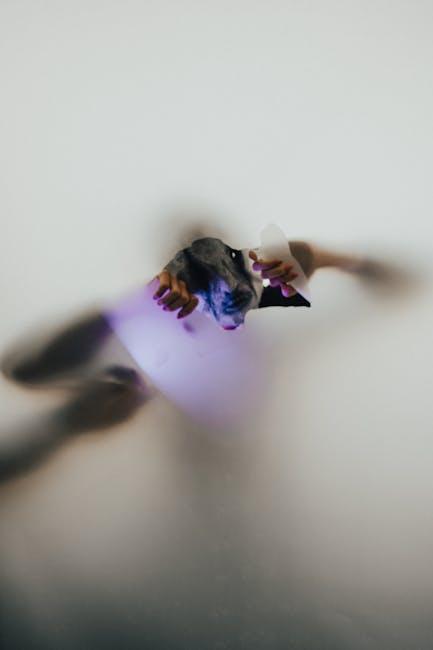In the realm of cinema, where images often speak louder than words, filmmakers wield visual metaphors like masterful painters with a vivid palette. These subtle, yet powerful tools transcend dialogue, weaving layers of meaning into the fabric of storytelling. As the camera pans, frames, and lingers, each scene becomes a canvas where symbolism and imagery converge, inviting audiences to delve deeper into the narrative’s essence. This article explores how filmmakers harness the art of visual metaphor to enrich their stories, offering viewers a tapestry of insight and emotion that lingers long after the credits roll. Symbolism: The Art of Visual Metaphors”>
Symbolism: The Art of Visual Metaphors”>
Crafting Symbolism: The Art of Visual Metaphors
Filmmakers often weave visual metaphors into their narratives to deepen the audience’s connection to the story. These metaphors act as a silent language, conveying complex emotions and themes without uttering a single word. A single red balloon floating into the sky can symbolize lost innocence or unattainable dreams. Shadows creeping across a room may represent the inescapable grasp of fate or hidden truths waiting to be unveiled. By embedding such imagery, directors invite viewers to explore layers of meaning beneath the surface, transforming a simple scene into a tapestry of interpretation.
- Color symbolism: Directors use specific hues to evoke emotions, such as blue for melancholy or red for passion.
- Recurring motifs: Objects or images that appear throughout a film can hint at a character’s inner journey or foreshadow events.
- Juxtaposition: Placing contrasting images side by side can highlight conflicts or dualities within the narrative.
Through these techniques, filmmakers craft a visual poetry that speaks directly to the subconscious, enriching the storytelling experience. The art of visual metaphor is a testament to cinema’s power to transcend words and touch the heart of human experience.
 Imagery: Interpreting Hidden Meanings”>
Imagery: Interpreting Hidden Meanings”>
The Language of Imagery: Interpreting Hidden Meanings
Filmmakers often wield visual metaphors as a subtle yet powerful tool to convey deeper layers of meaning. These metaphors transcend spoken dialogue, allowing audiences to engage with the narrative on a more intuitive level. Through the deliberate use of color, light, and composition, directors can evoke emotions and symbolize themes without uttering a single word. For instance, a recurring motif of water might symbolize rebirth or transformation, while a broken mirror could reflect fragmented identities or hidden truths.
- Color Symbolism: The use of colors like red for passion or danger, and blue for calmness or isolation, can immediately set the tone.
- Light and Shadow: Play of light can highlight the moral ambiguity of characters, while shadows might conceal hidden motives.
- Framing and Composition: A character dwarfed by their surroundings may suggest vulnerability or insignificance.
These visual cues engage viewers, inviting them to interpret and uncover the narrative’s hidden messages. By doing so, filmmakers transform a simple visual experience into a rich tapestry of storytelling.
Color and Composition: Tools for Emotional Resonance
Filmmakers often wield color and composition as powerful tools to evoke emotions and deepen the narrative impact. By carefully selecting hues and arranging elements within a frame, directors can subtly guide the audience’s emotional journey. Color palettes are meticulously chosen to reflect the mood and themes of a film. For instance, warm tones like reds and oranges might be used to convey passion or danger, while cool blues and greens can evoke calmness or melancholy. These choices can transform a scene’s emotional resonance, turning a simple interaction into a profound moment.
- Symbolic Color Schemes: Directors often use colors to symbolize concepts such as innocence, jealousy, or transformation.
- Strategic Framing: Composition can emphasize isolation or connection by the placement of characters and objects within the frame.
- Contrast and Balance: The interplay between light and shadow can create tension or harmony, influencing the viewer’s perception of a scene.
Through these visual strategies, filmmakers not only craft visually stunning scenes but also enrich the storytelling, allowing viewers to feel the story as much as they see it.

Guiding the Audience: Strategic Use of Visual Allegory
Filmmakers skillfully employ visual allegories to subtly guide their audience through complex narratives, enriching the storytelling experience. By weaving symbolic imagery into their scenes, they create layers of meaning that resonate on both conscious and subconscious levels. This strategic use of symbolism allows viewers to engage more deeply with the film’s themes, characters, and plotlines.
Consider these common techniques used in visual allegory:
- Color symbolism: Colors can evoke emotions and represent concepts. For instance, blue may signify tranquility or sadness, while red can symbolize passion or danger.
- Recurring motifs: Objects or images that appear repeatedly throughout a film often carry deeper significance, acting as visual anchors for the narrative.
- Metaphorical landscapes: The setting itself can serve as an allegory, reflecting the internal struggles of characters or the overarching themes of the story.
Through these techniques, filmmakers create a rich tapestry of visual storytelling, inviting audiences to explore beyond the surface and discover hidden depths within the cinematic journey.

